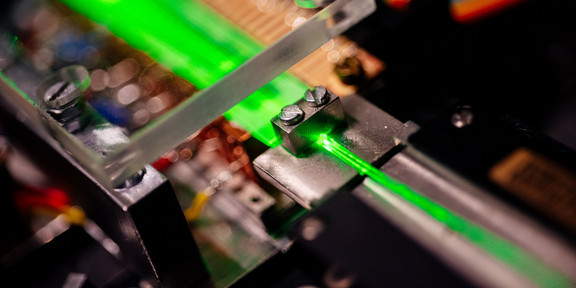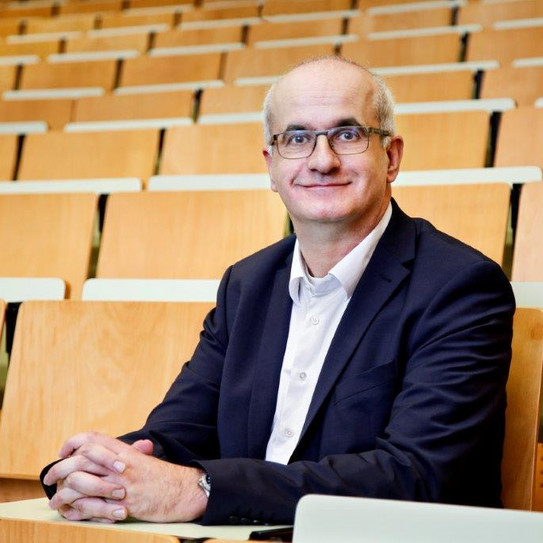Basic Physical Research for Photonic Technologies of the Future
- News
- Research

The SFB was approved by the DFG in 2013 - initially for four years - and funded with around ten million euros. The second extension for another four years was announced in 2018. Now the Transregio is entering its third phase. The project combines the expertise of the University of Paderborn in the fields of photonic materials and quantum optics, as well as the TU Dortmund University in the field of nonlinear spectroscopy.
"With the renewed extension, we can further advance basic research in the fields of optoelectronics and photonics and thus develop concepts and applications that can contribute, for example, to faster, more efficient and, above all, more secure communication," says SFB spokesperson Prof. Christine Silberhorn from the Paderborn Department of Physics.
"For eight years, we have been continuously expanding the cooperation between Paderborn and Dortmund based on our complementary expertise. We are very pleased that this has once again been recognised by the reviewers, as well as our plans for the next four years," says Prof. Manfred Bayer, SFB site spokesperson and Rector of TU Dortmund.
Photons: Hope for a revolution in data transmission
Thanks to their special properties, photons - small particles of light that make up electromagnetic radiation - are considered to hold out hope for a revolution in data transmission. Special methods for generating and shaping photons, for example, have the potential to deliver new concepts for encoding information in the future.
The scientists are working on customised photonic systems with novel functionalities. The goal is to drive research activities from the fundamentals of light and material physics to applications. To this end, the SFB team takes an interdisciplinary approach to realising novel photonic systems. Critical technologies underlying the development will be successively established and brought from basic research to application.

From TU Dortmund University, in addition to Prof. Manfred Bayer, Dr. Ilya Akimov, Prof. Marc Aßmann, Prof. Mirko Cinchetti, Prof. Christoph Lange, Dr. Claudia Ruppert, Dr. Alexey Scherbakov and Prof. Dmitri Yakovlev are also involved in SFB 142.
TU physicists also involved in new SFB 1491 at the RUB
The DFG has also decided to re-establish Collaborative Research Centre 1491, for which the Ruhr-Universität Bochum is the host university. Despite all the progress made in the field of astrophysics, the interaction of cosmic radiation and matter is still far from being adequately researched. The Collaborative Research Centre "The Interplay of Cosmic Matter - from Source to Signal" therefore aims to systematically investigate the interaction of matter and energy with a special focus on the energy transfer between magnetic fields, cosmic rays, thermal plasmas and dark matter. In doing so, it aims to contribute to deciphering the fundamental properties of matter in the universe. 16 Researchers want to understand how small galaxies like our Milky Way work, but also large ones with an active, supermassive black hole at their core. To this end, theoretical astrophysical models are combined with experimental observations of all wavelengths and particles. Furthermore, the SFB provides knowledge about the fundamental properties of matter from theoretical calculations, cosmological observations and terrestrial experiments on particle interactions. The spokesperson is Prof. Julia Tjus from the Ruhr University Bochum.
Four physicists from TU Dortmund University also contribute their expertise in particle and astroparticle physics to the new SFB 1491: Prof. Johannes Albrecht, Dr. Dominik Elsässer, Prof. Wolfgang Rhode and Prof. Bernhard Spaan.
Film of the Collaborative Research Centre 142
Contact person for queries:









